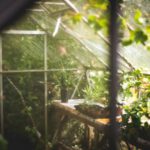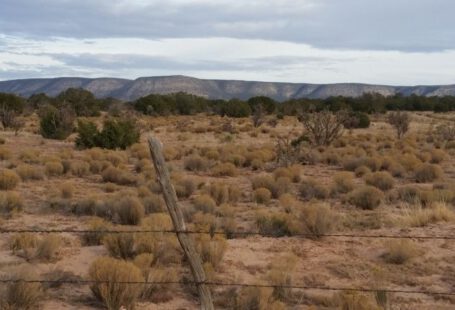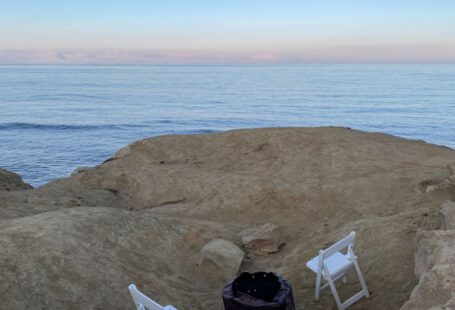Amidst the beauty of landscape design lies a crucial element that often goes unnoticed but plays a significant role in enhancing the overall ambiance: lighting. When used strategically, lighting can transform a regular outdoor space into a captivating and functional area. Whether you are looking to highlight specific features, create a cozy atmosphere, or boost security, understanding the best way to use lighting in landscape design is essential for achieving your desired aesthetic and practical goals.
**Highlighting Key Features**
One of the primary purposes of lighting in landscape design is to highlight key features of the outdoor space. Whether it’s a striking tree, a beautiful fountain, or a well-crafted sculpture, the right lighting can draw attention to these elements and make them stand out, even after the sun sets. To achieve this effect, consider using uplights, downlights, or spotlights strategically placed around the feature to create a focal point. By playing with light and shadow, you can add depth and drama to your landscape design, making it more visually appealing.
**Creating Ambiance**
In addition to highlighting specific features, lighting can also be used to create ambiance in your outdoor space. Soft, warm lighting can instantly transform a backyard or garden into a cozy and inviting retreat. To achieve this effect, consider incorporating string lights, lanterns, or pathway lights to illuminate pathways, seating areas, and outdoor dining spaces. By layering different types of lighting and adjusting the intensity, you can create a magical atmosphere that is perfect for relaxing or entertaining under the stars.
**Boosting Security**
Apart from aesthetics, lighting in landscape design also plays a crucial role in boosting security and safety. Well-lit outdoor spaces can deter potential intruders and provide added visibility, making your property safer for you and your guests. To enhance security, consider installing motion-activated lights around the perimeter of your property, near entry points, and along pathways. Additionally, pathway lighting can guide visitors safely to your front door or around your garden, reducing the risk of tripping or falling in the dark.
**Enhancing Functionality**
Another important aspect of using lighting in landscape design is to enhance the functionality of your outdoor space. By strategically placing lights in key areas, you can extend the usability of your garden, patio, or deck well into the evening hours. For example, task lighting can be used to illuminate outdoor cooking areas, making it easier to grill and prepare meals after dark. Similarly, overhead string lights or wall sconces can create a well-lit environment for socializing or reading outdoors.
**Choosing the Right Fixtures**
When it comes to selecting lighting fixtures for your landscape design, it’s essential to choose the right ones that complement your overall aesthetic and serve their intended purpose effectively. Consider factors such as the size of your outdoor space, the style of your home, and the specific functions you want the lighting to serve. LED lights are a popular choice for outdoor lighting due to their energy efficiency, durability, and versatility. Additionally, consider the color temperature of the lights, as warm white lights can create a cozy atmosphere, while cool white lights are better suited for security and task lighting.
**Incorporating Sustainable Practices**
As we strive to create more sustainable outdoor environments, incorporating eco-friendly lighting practices in landscape design is becoming increasingly important. Solar-powered lights are an excellent option for illuminating pathways, gardens, and other outdoor areas without relying on electricity. Additionally, using timers, motion sensors, and energy-efficient LED bulbs can help reduce energy consumption and minimize your environmental impact. By combining sustainable lighting practices with thoughtful design, you can create a beautiful and eco-friendly outdoor space that benefits both you and the planet.
**In Summary**
In conclusion, the best way to use lighting in landscape design is to consider its various functions and purposes, from highlighting key features to enhancing security and creating ambiance. By strategically incorporating different types of lighting fixtures and techniques, you can transform your outdoor space into a visually stunning and functional area that can be enjoyed day and night. Remember to choose fixtures that complement your design aesthetic, prioritize energy efficiency and sustainability, and always aim to balance beauty with functionality in your lighting design. With the right approach, lighting can truly elevate your landscape design and make your outdoor space a welcoming and enchanting retreat for you and your guests.





